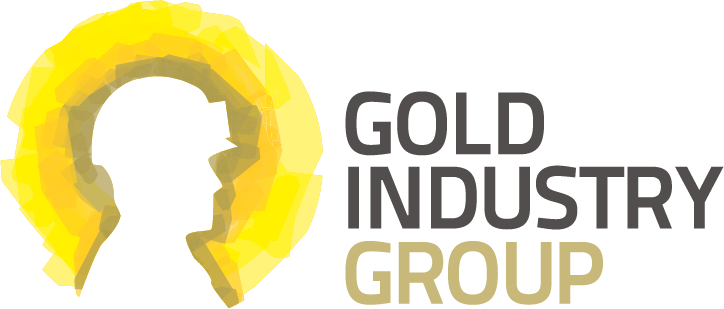Following extensive renovation and expansion, the Western Australian Museum reopened on Saturday 21 November to week-long celebrations and a new name: WA Museum Boola Bardip.

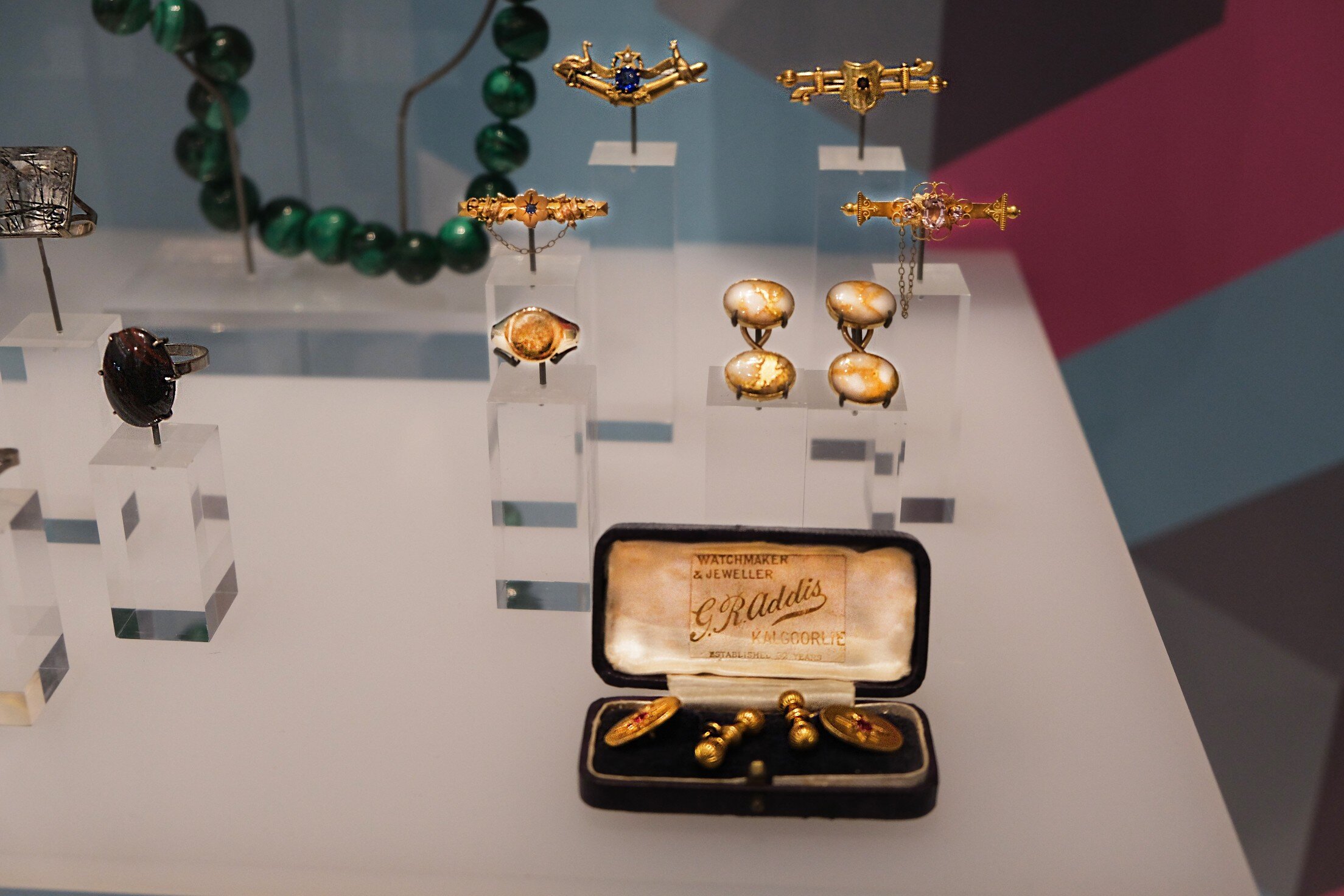
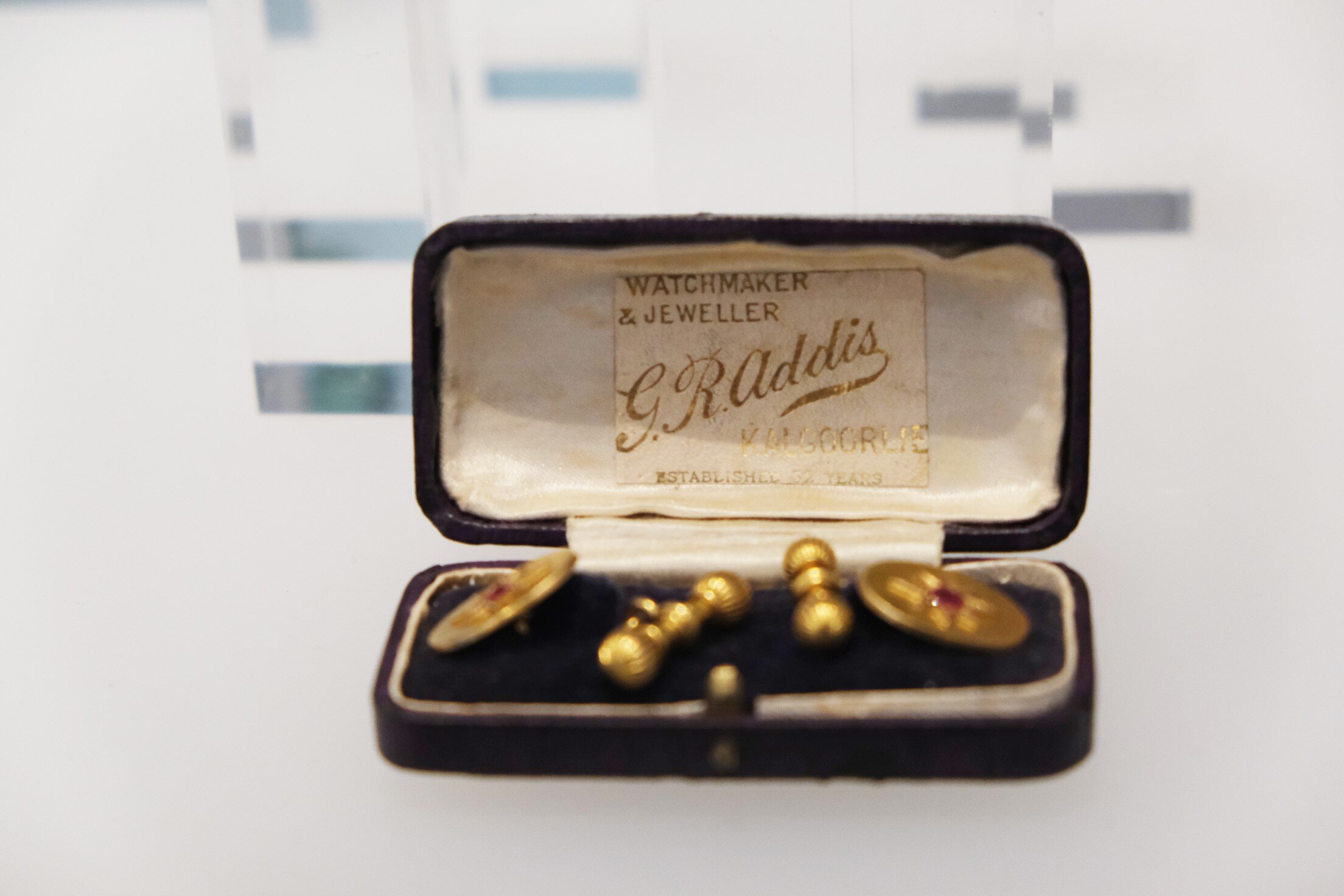
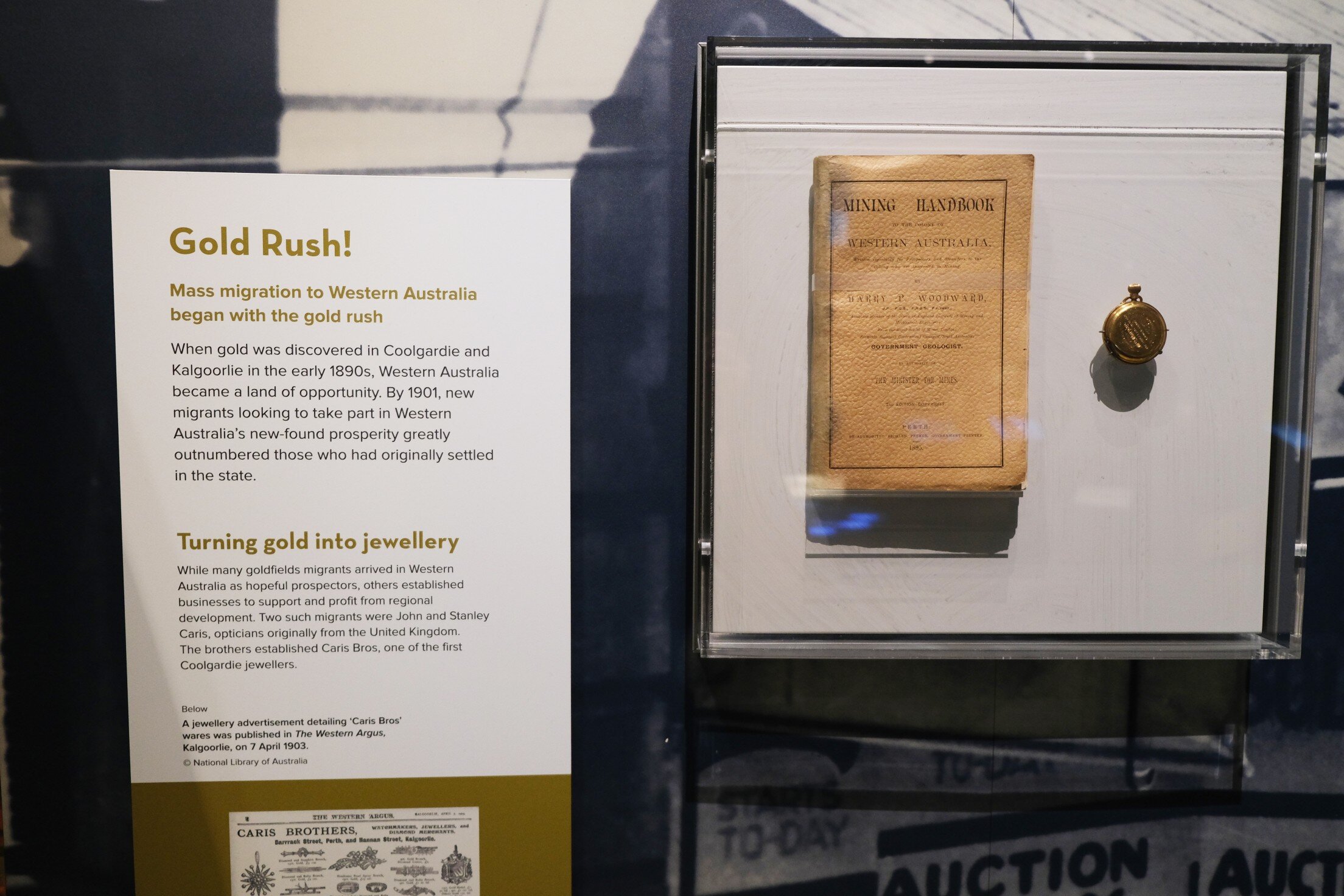
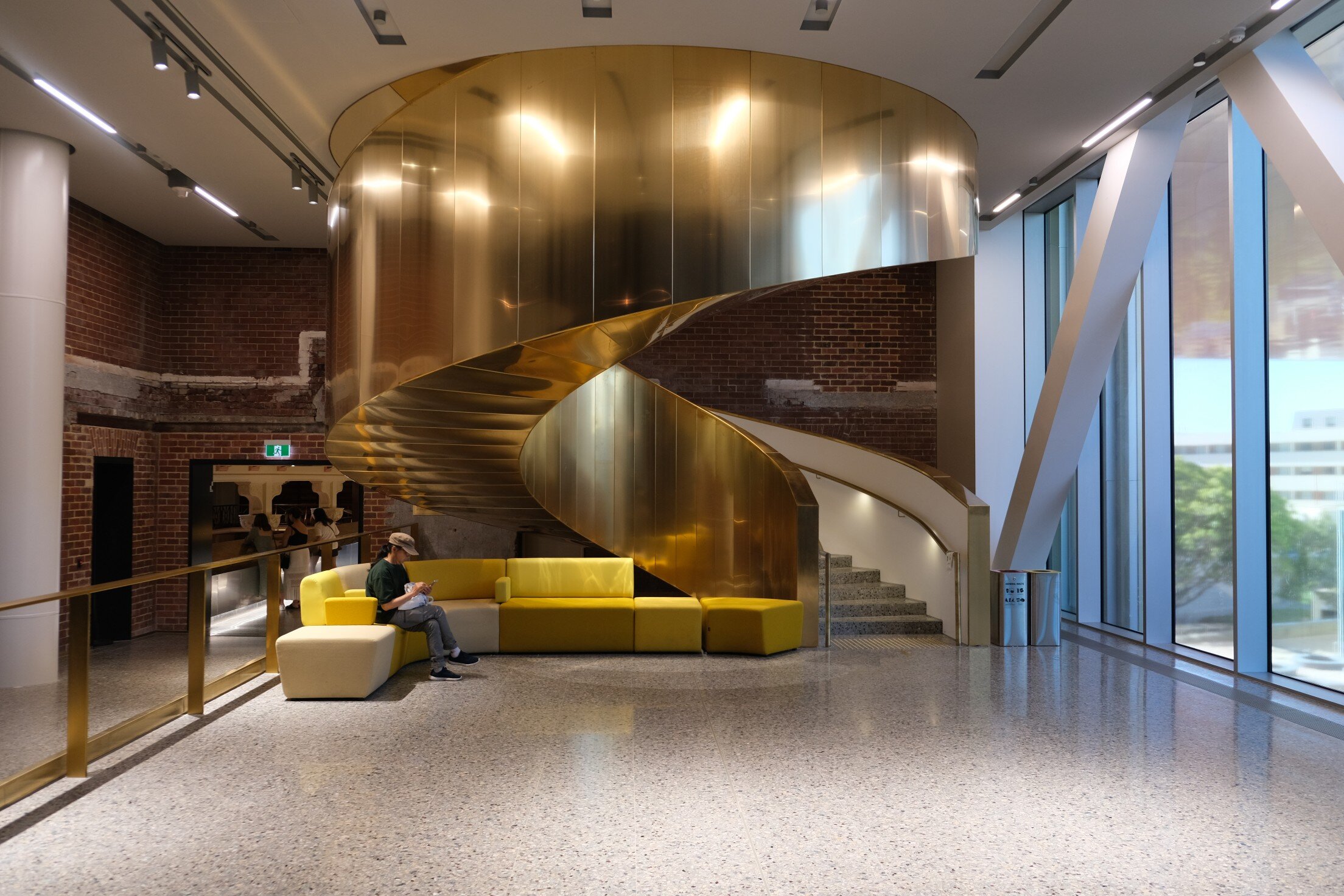

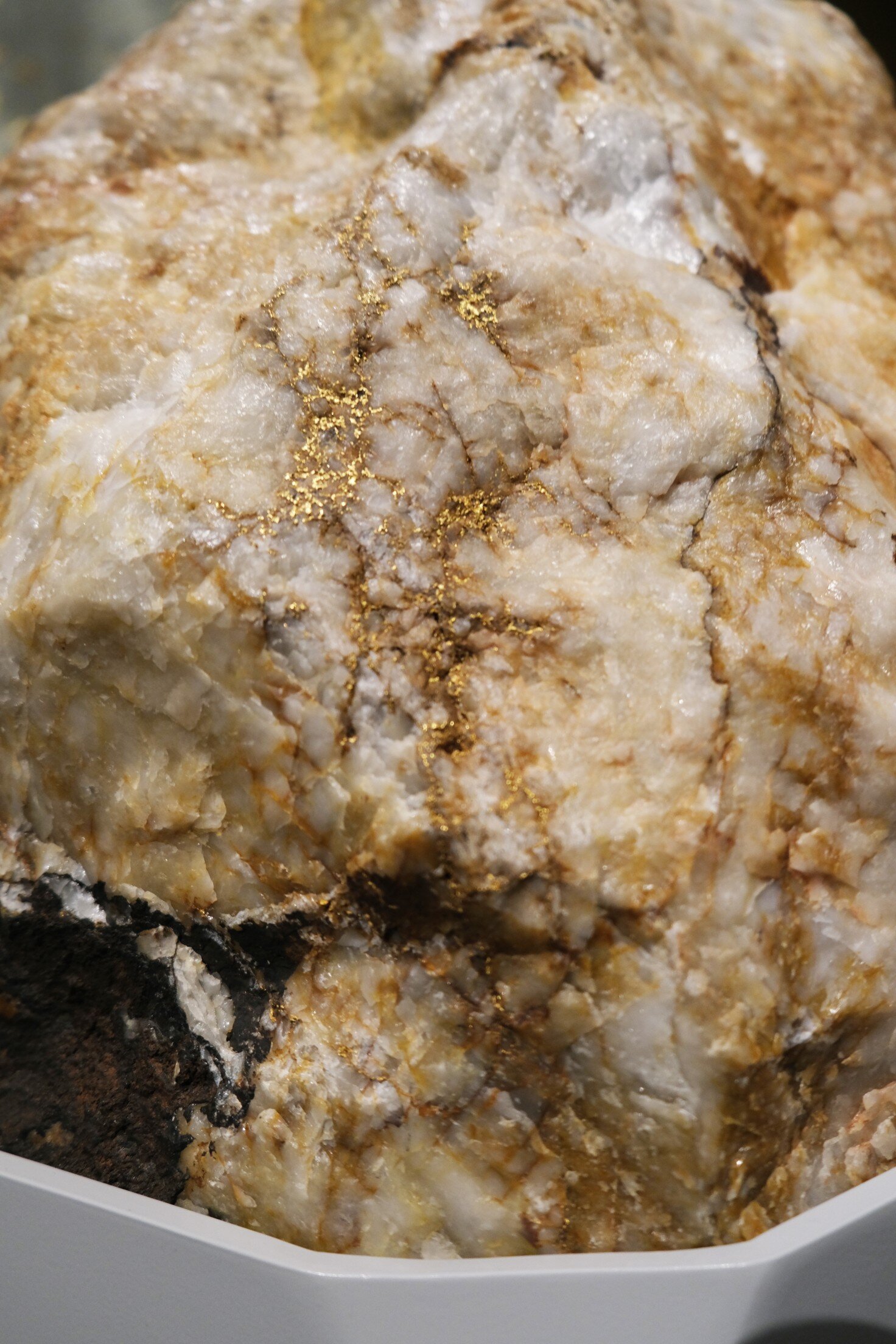
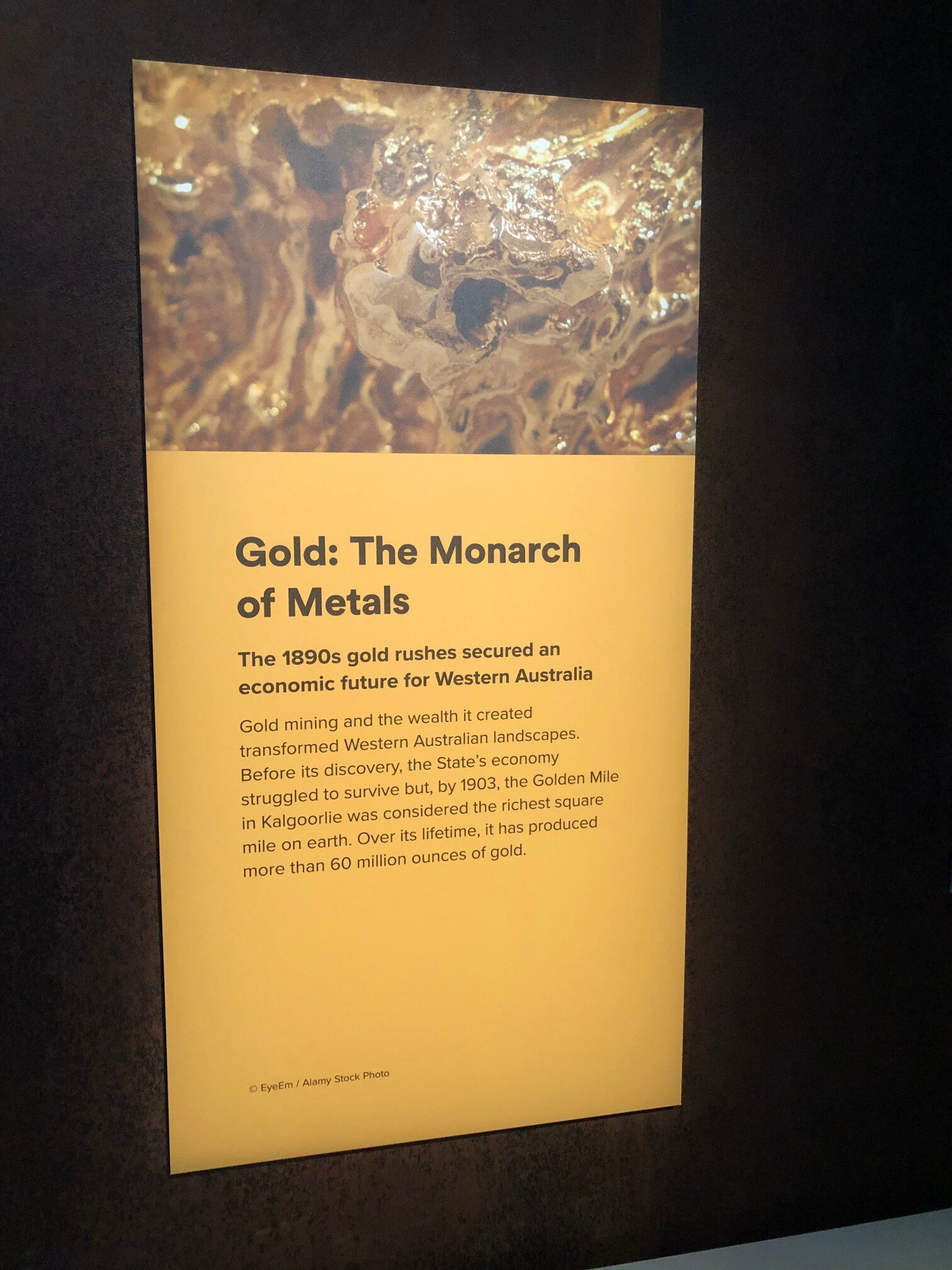
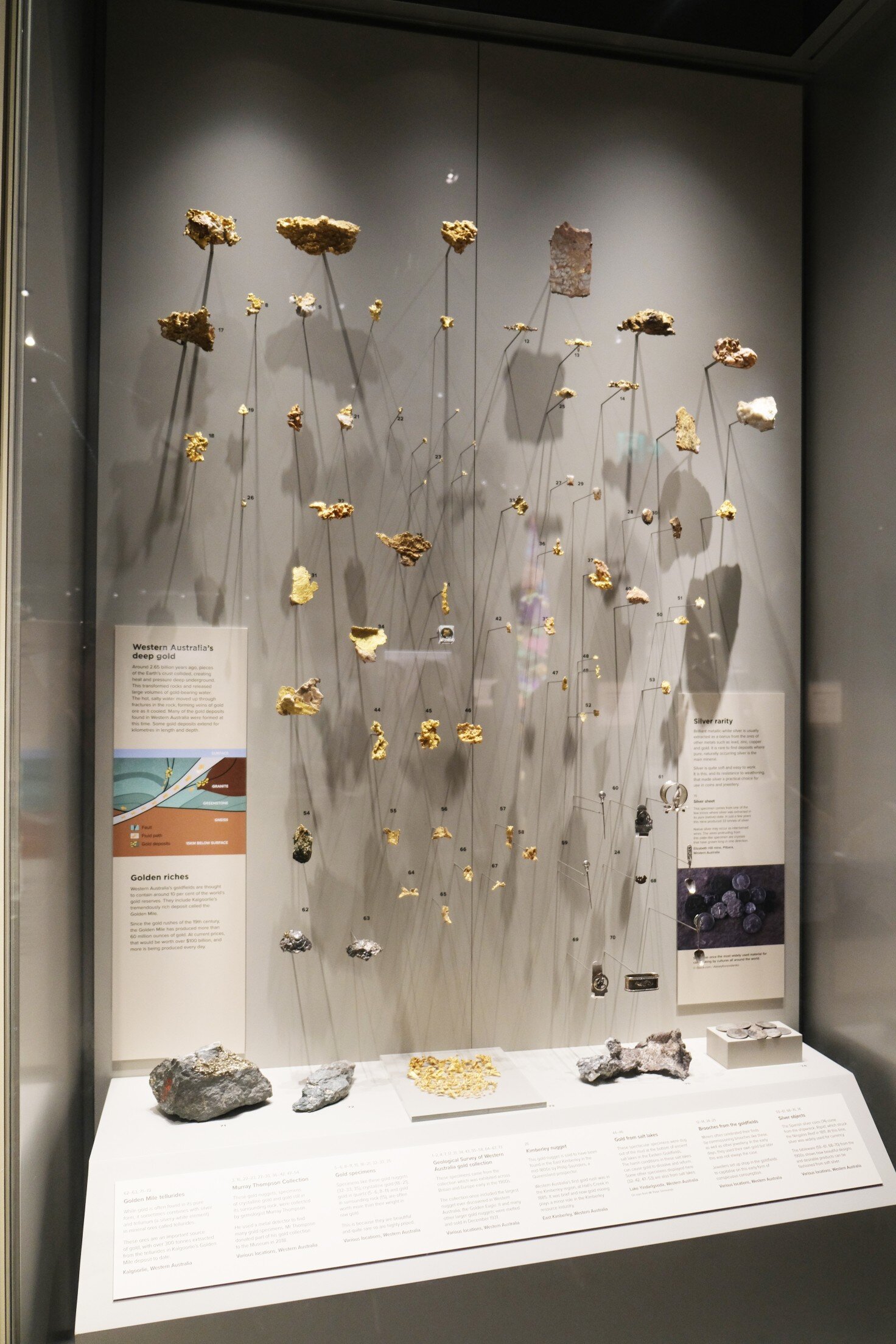
Boola Bardip means ‘many stories’ in Whadjuk Nyoongar, the language of Country on which the Museum rests, and is therefore a fitting name for the place to share Western Australia’s many stories.
The new look building now houses eight exhibition spaces for visitors to enjoy, which include Ngalang Koort Boodja Wirn, Stan Perron WA Treasures, Innovations, Reflections, Changes, Origins, Connections, and Wild Life.
Throughout its revived structure, WA Museum Boola Bardip now bathes inquiring minds in a golden light, which is incorporated into the architecture itself. Visitors can enjoy this gilded effect on both the terrazzo grand staircase and the sweeping nautilus staircase.
Explore the essence of gold in the Origins gallery, home to fascinating mineral specimens, and learn how this precious metal came into being.
Wander through the Reflections, Changes and Connections spaces to discover the value of gold across various exhibits that include details on life during the 19th century gold rushes, links between the gold industry and our wider communities, mining processes, and how gold influenced social change.
Learn about:
The cosmic origins and chemical properties of gold.
The significance of the 600 kilometer long Hunt’s Track.
Building the Fremantle Harbour and the Golden Pipeline.
The ‘Golden Mile’ and sites of gold deposits across WA.
Gold’s connection to our communities, through organisations such as the Royal Flying Doctors Service.
The Varischetti Mine Rescue.
Gold mining processes, including current underground and surface mining, as well as historic methods, such as gold panning and dry blowing.
Prominent figures such as Arthur Bayley and William Ford, Patrick "Paddy" Hannan, and Charles Yelverton (C.Y.) O’Connor.
Gold’s influence on social change, such as Australia’s ‘Diggers’ culture, driving immigration and the 457 visa.
The importance of camels and their cameleers during the 1800s gold rushes, who hailed from culturally and linguistically diverse countries.
Gold jewellery and jewellers such as the Caris Bros.
Gold specimens, including the ‘Kimberley Nugget’ and a boulder showing veins of gold from the Orient gold mine in the Murchison region.
Visitors of all ages will enjoy learning about gold through the interactive features of WA Museum Boola Bardip’s exhibition spaces. From handling physical treasures to being wowed by captivating audio and visual storytelling, playing with fun digital screens and more, each exhibition presents the past, present and future of gold mining in a unique way.
WA Museum Boola Bardip also offers a more immersive experience via several tour options, educational programs and special events.
About WA Museum Boola Bardip
Located in the Perth Cultural Centre, WA Museum Boola Bardip has housed the State’s scientific and cultural collection for more than 120 years, making natural and social heritage accessible and engaging to the wider community through research, exhibitions, and public programs.
Today, the Museum has seven public locations across Western Australia, and a Collections and Research Centre that houses more than eight million objects.
WA Museum Boola Bardip is open daily from 9am to 5pm, closed only on Christmas Day, Good Friday and ANZAC Day. General entry is free, however due to COVID-19 restrictions, bookings are required for general admission until Sunday 31 January 2021. Walk-up entry is available until visitor capacity is reached. Visitors can arrive via bus or train, with car parking available in nearby public City of Perth spaces.
Learn more about WA Museum Boola Bardip by visiting their website and Facebook, Instagram, YouTube, Twitter or LinkedIn pages.
UNEARTH MORE GOLDEN STORIES ON THE FREE HEART OF GOLD AUSTRALIA APP, AVAILABLE FROM THE APP STORE (IOS) AND GOOGLE PLAY (ANDROID).
Visiting WA’s Goldfields region? Be sure to stop in at the Museum of the Goldfields too.
